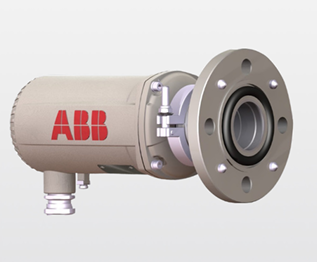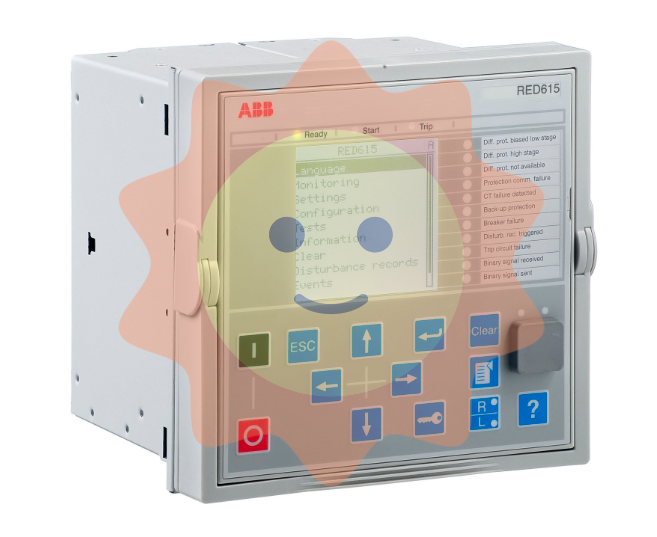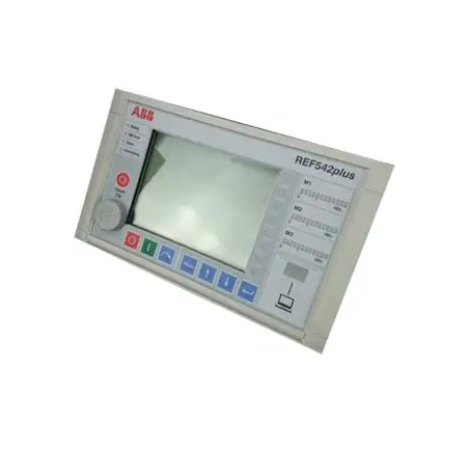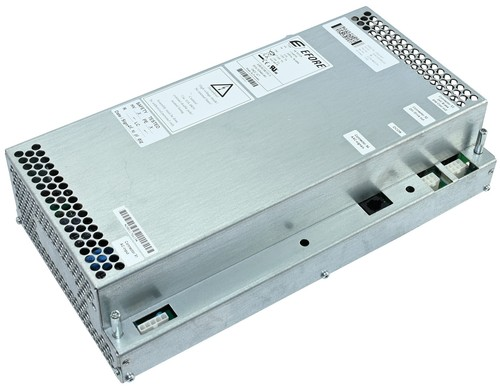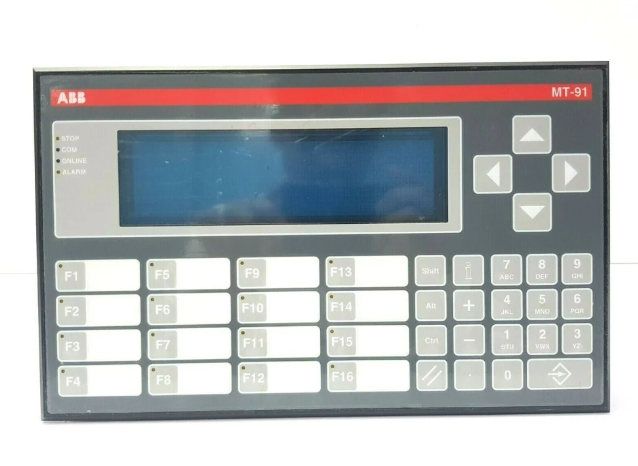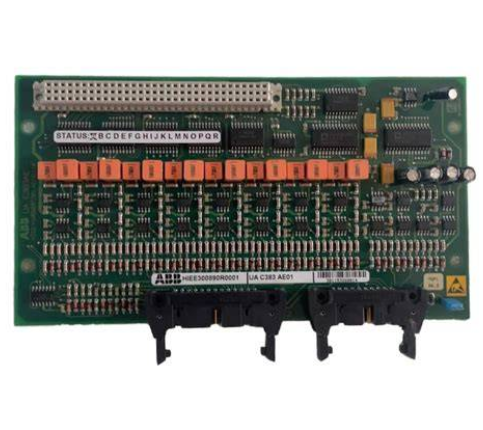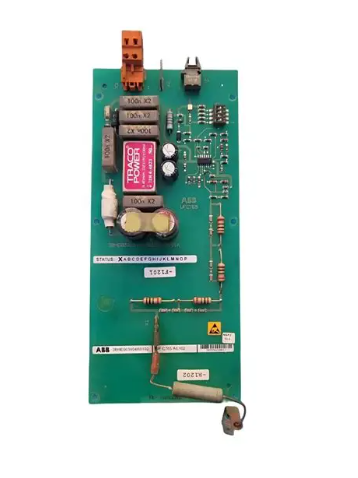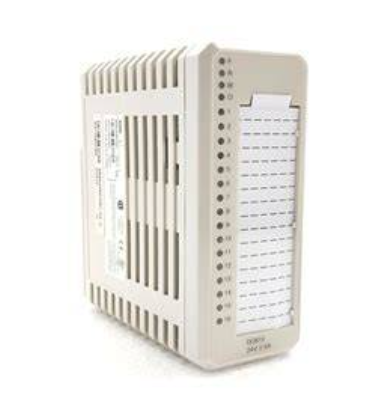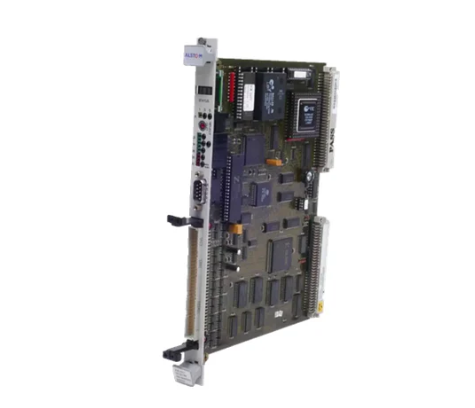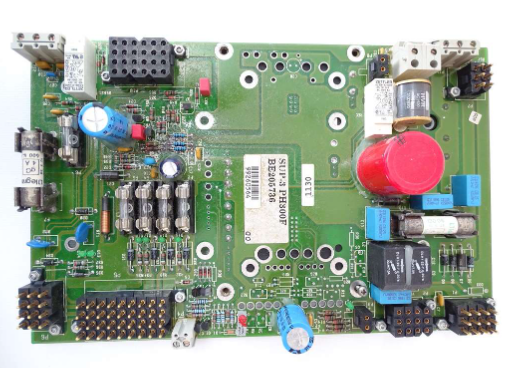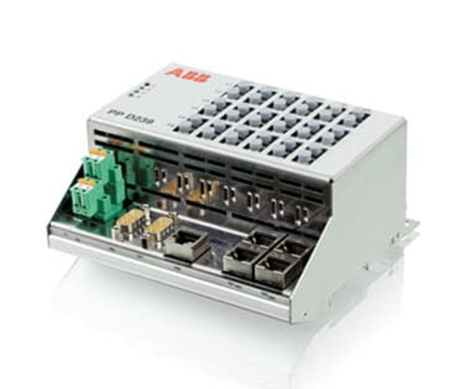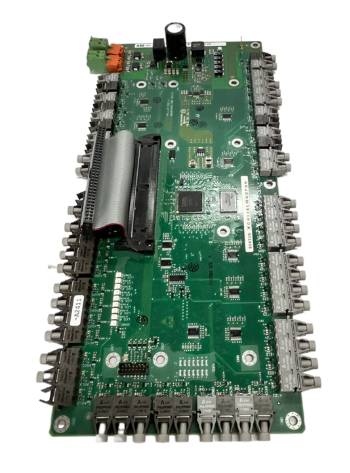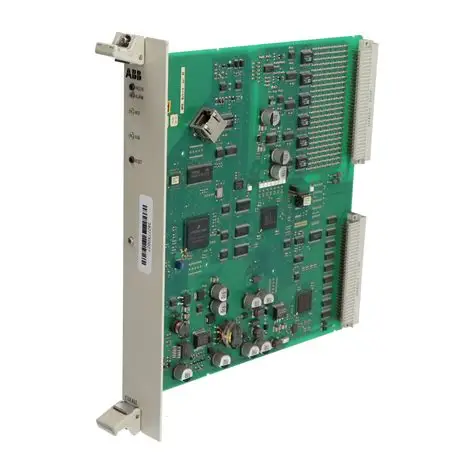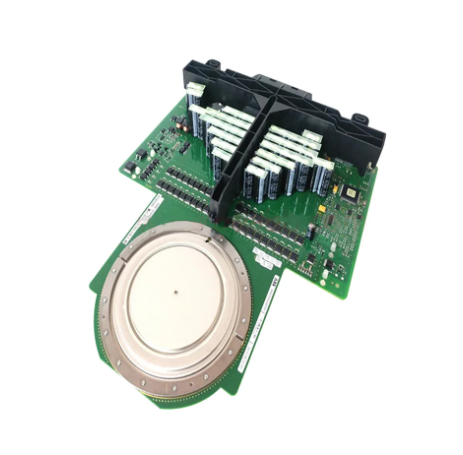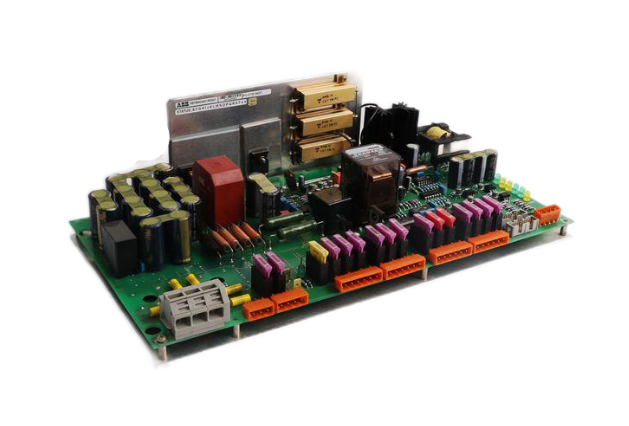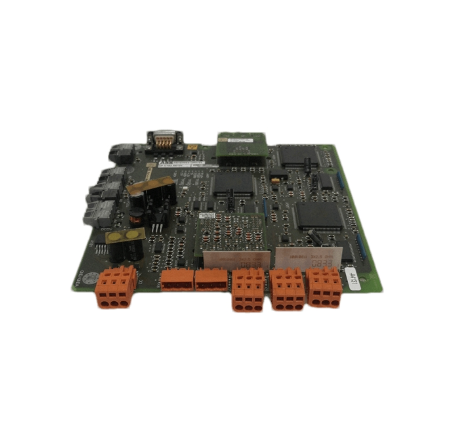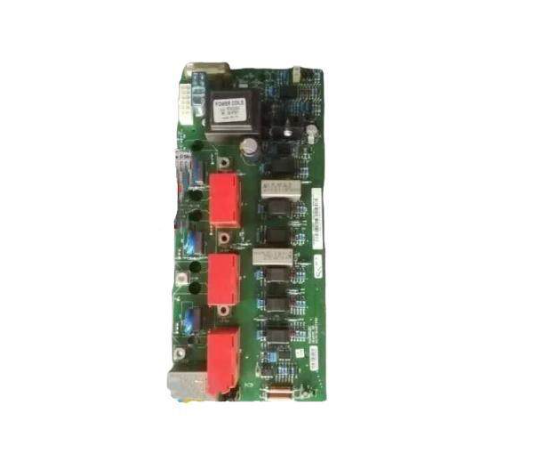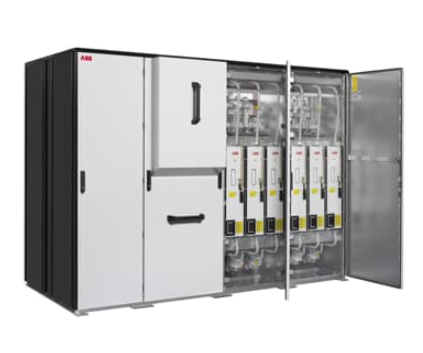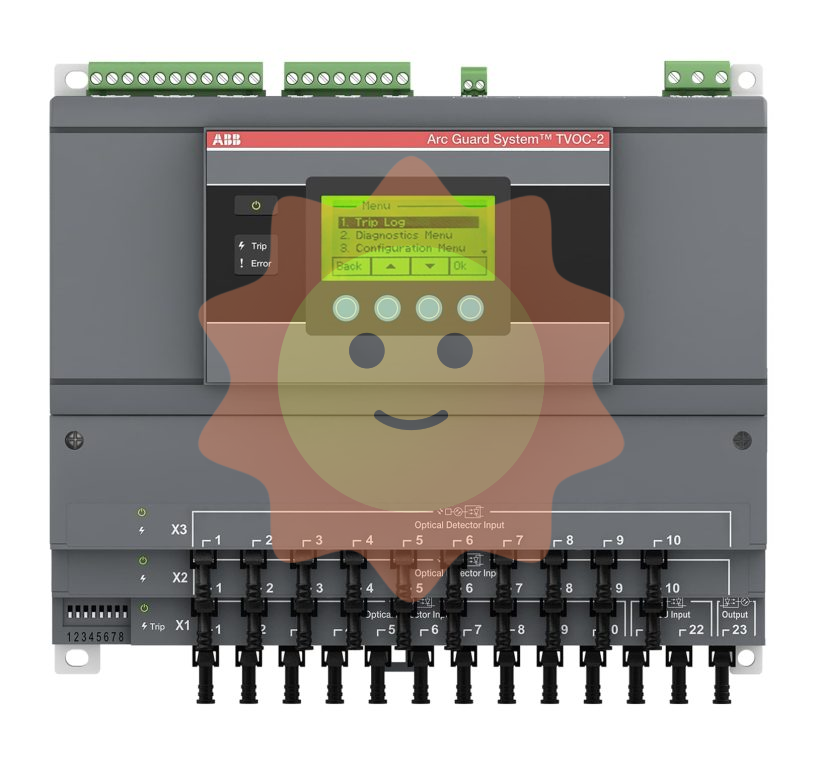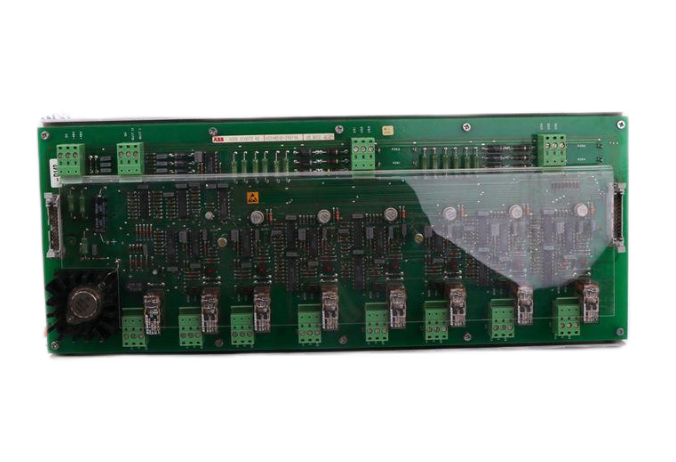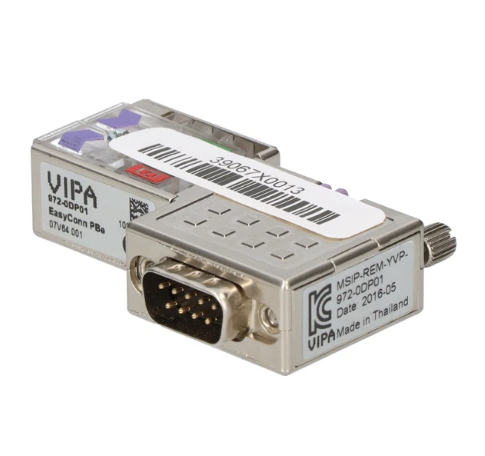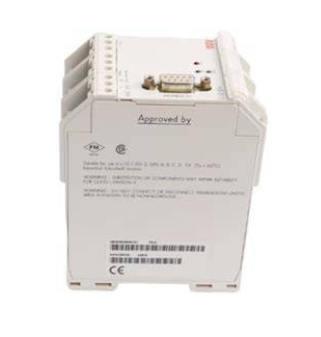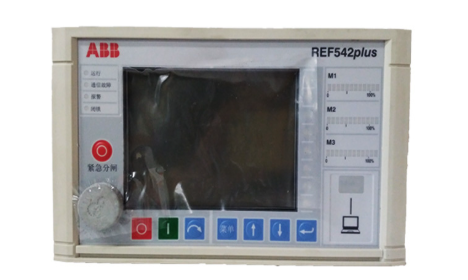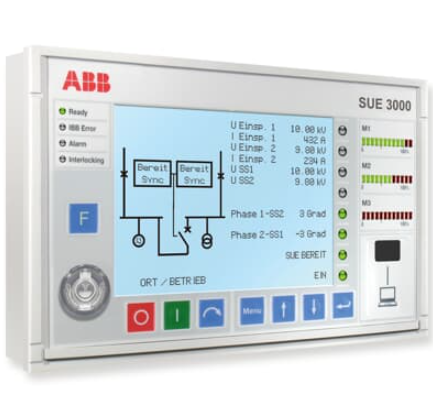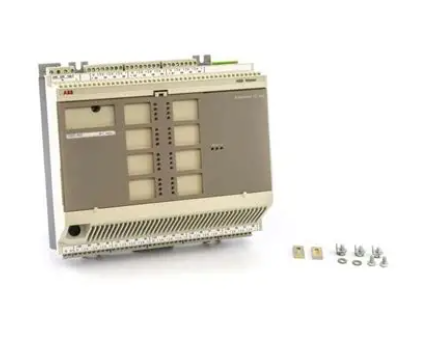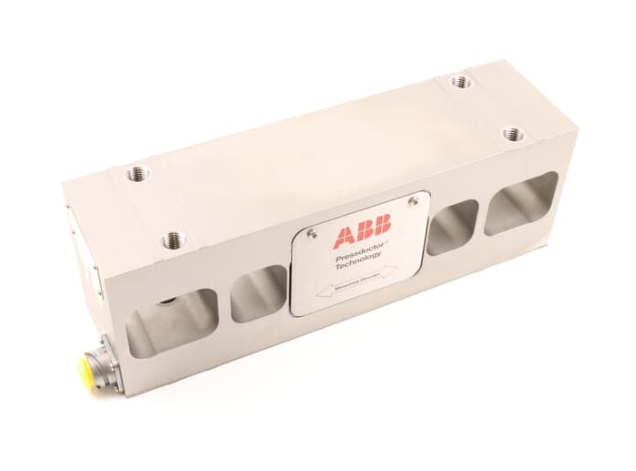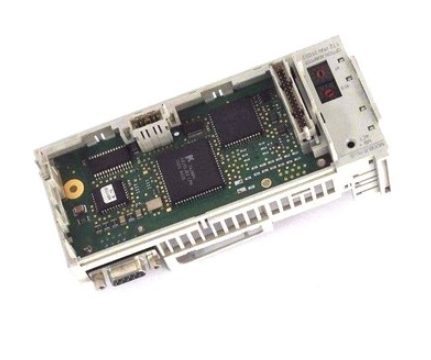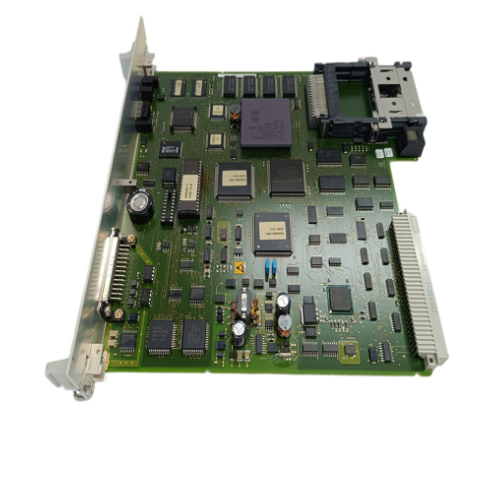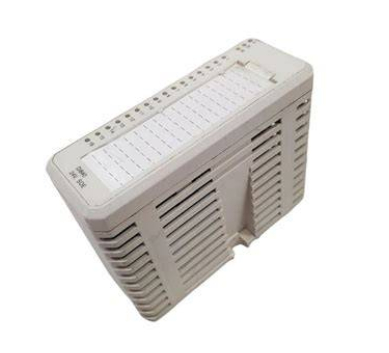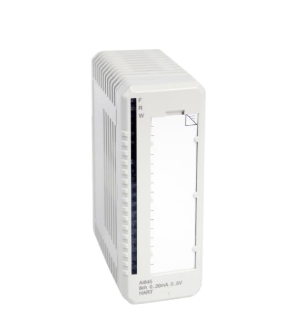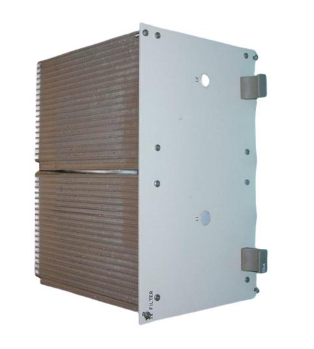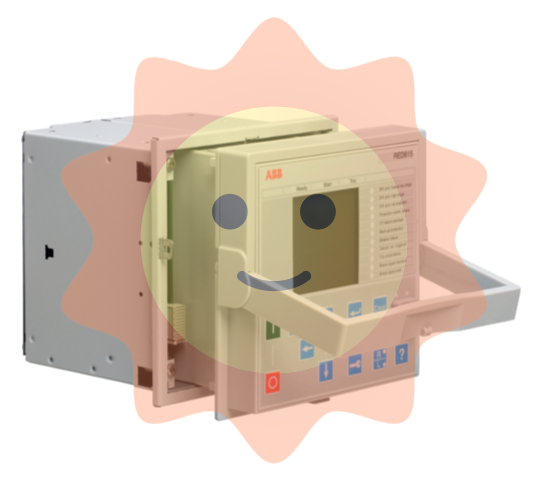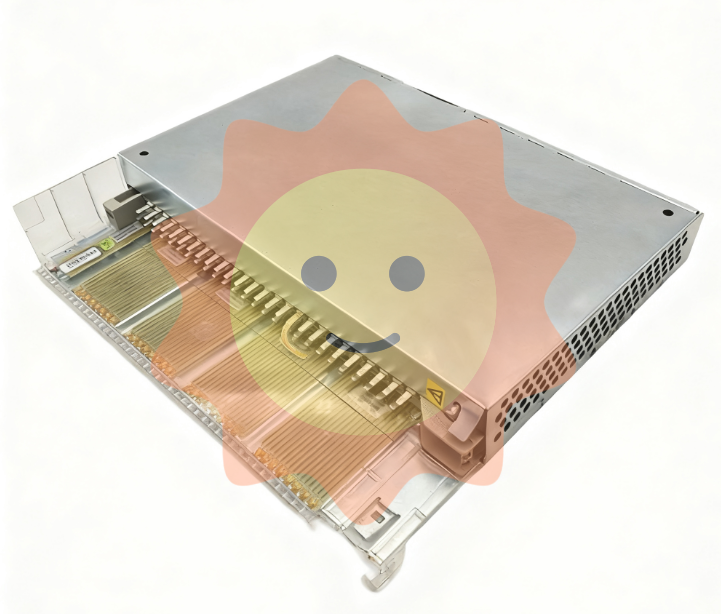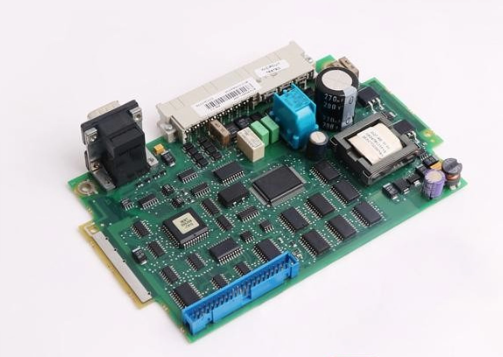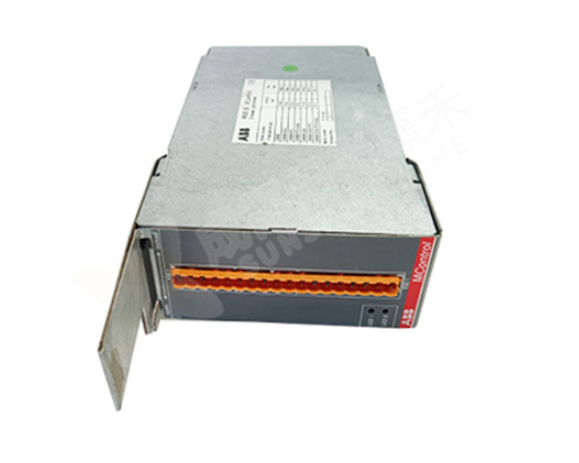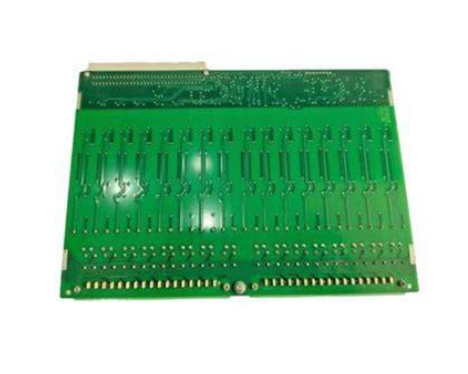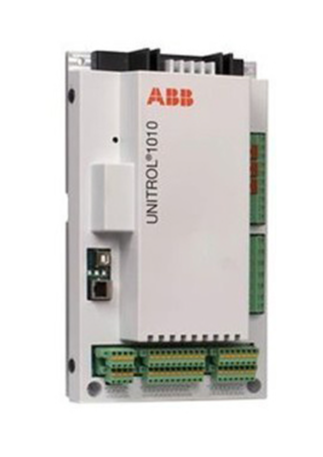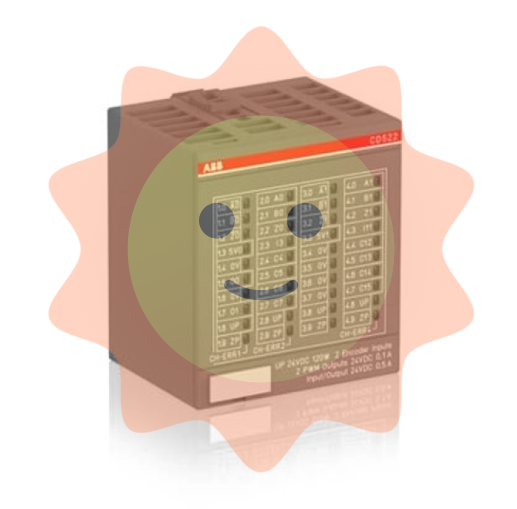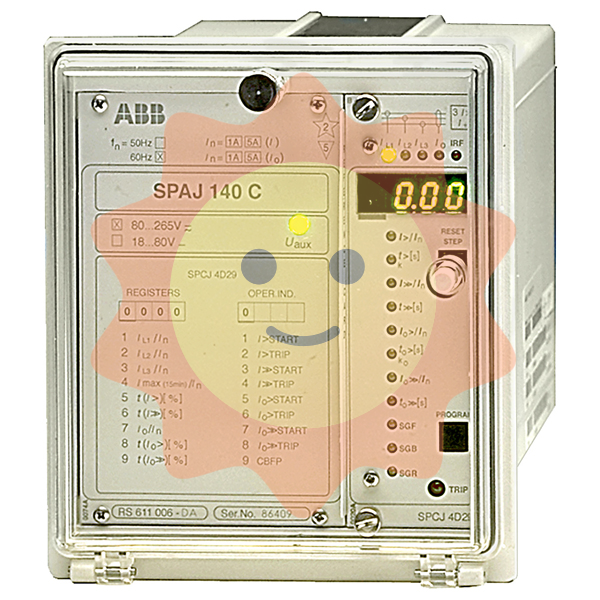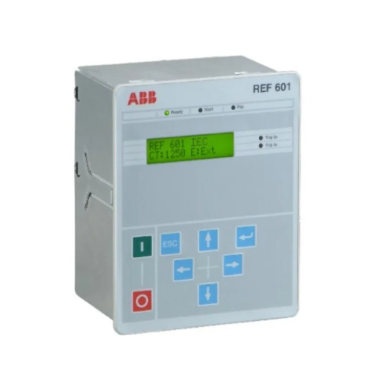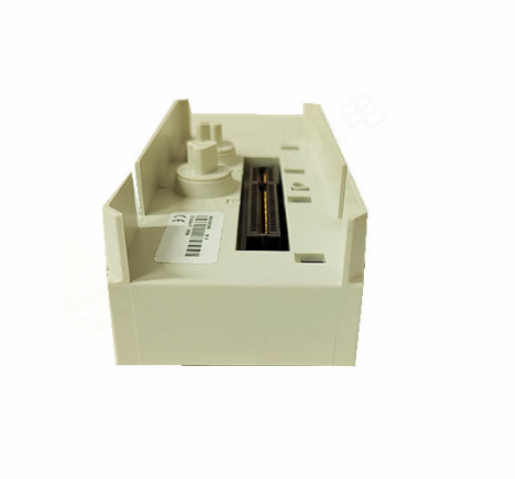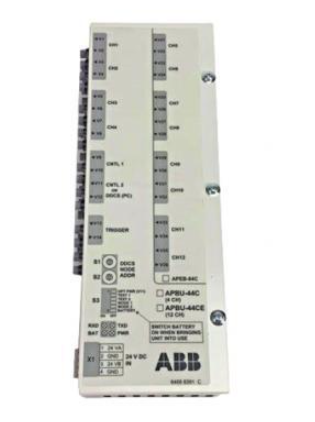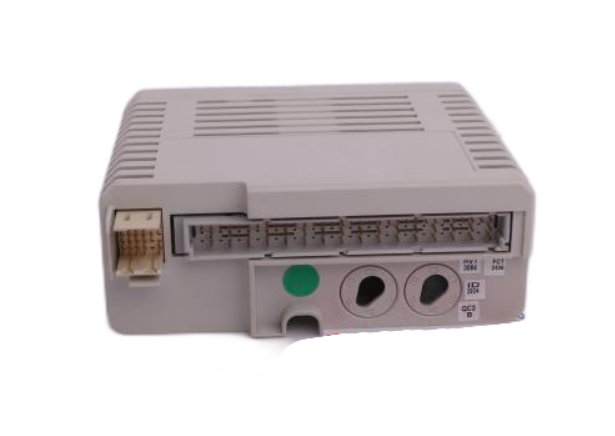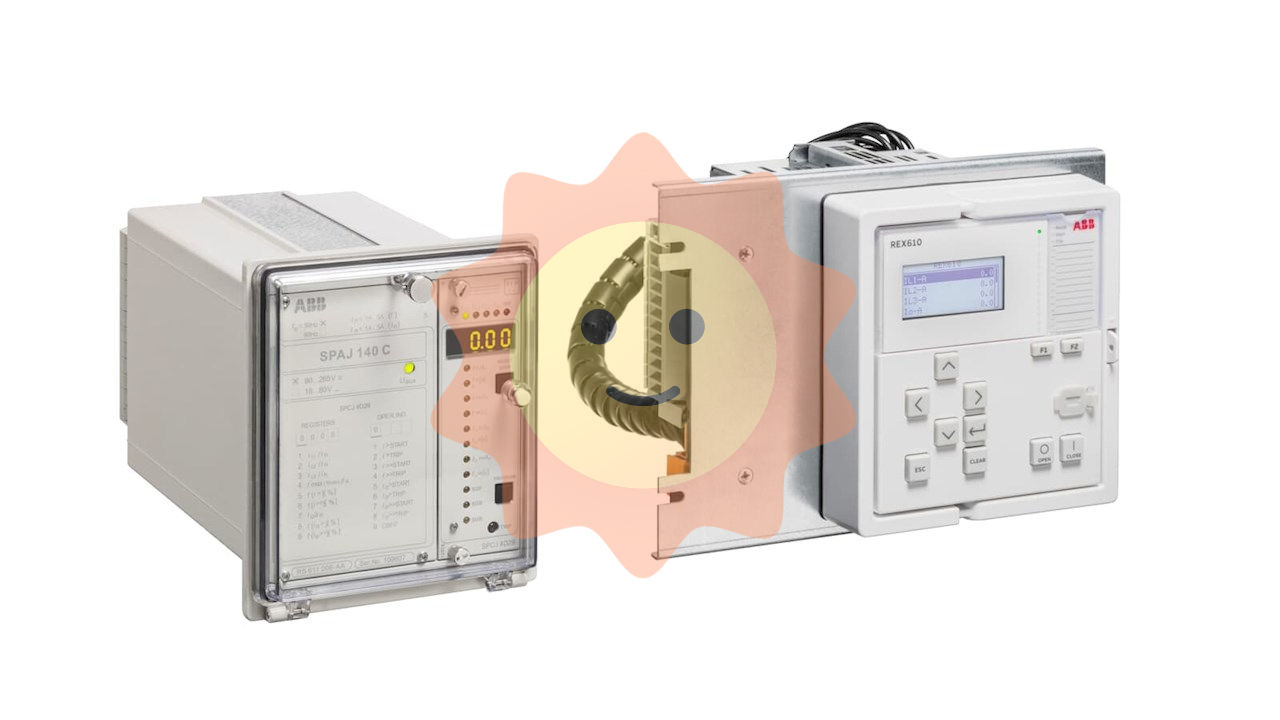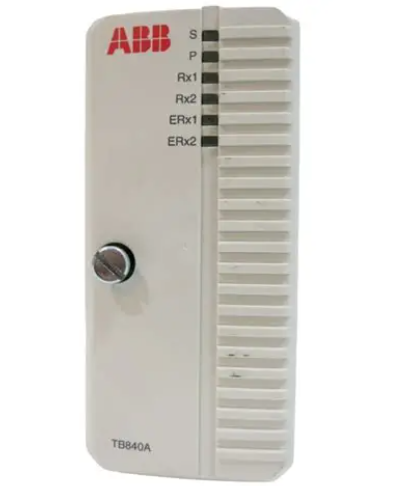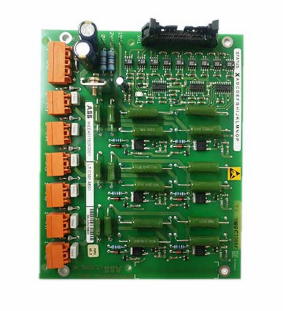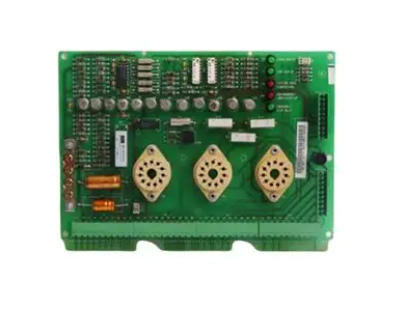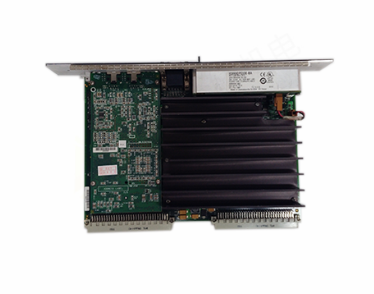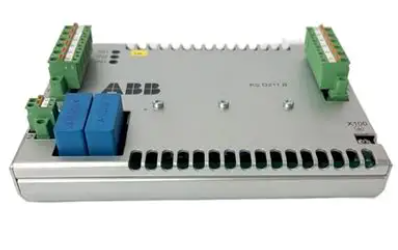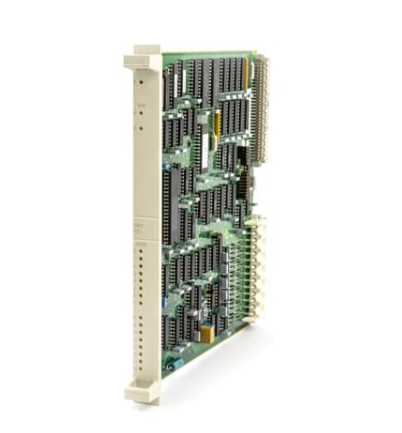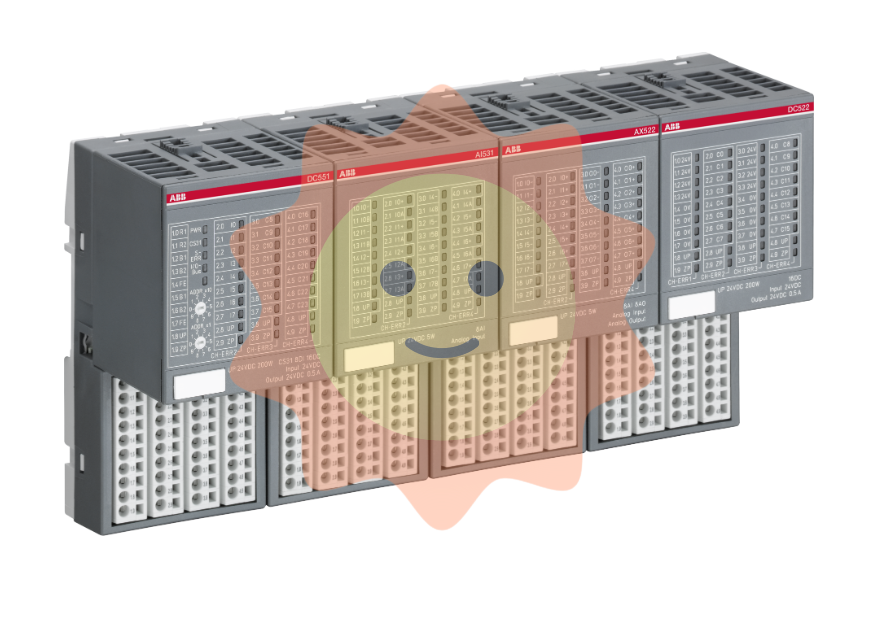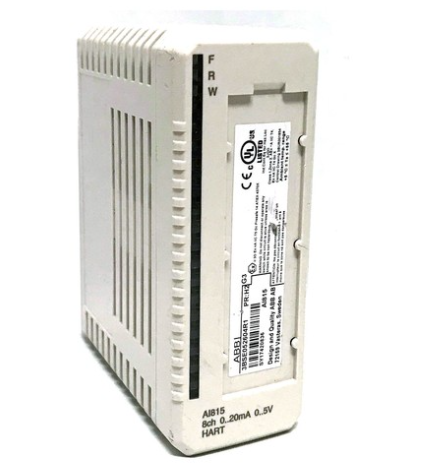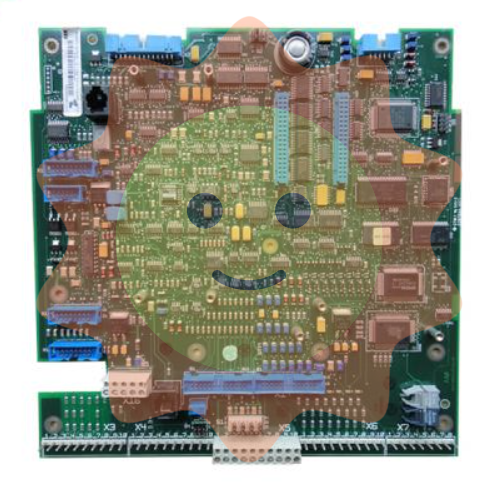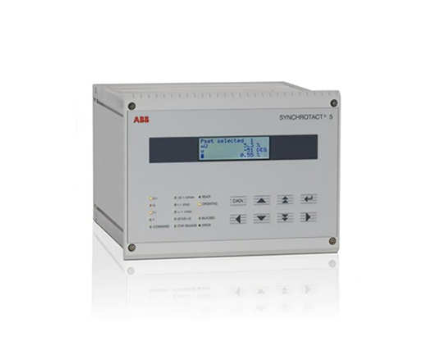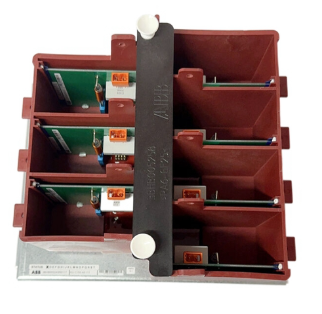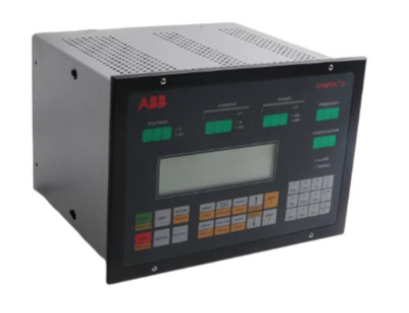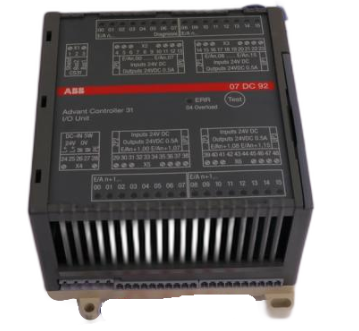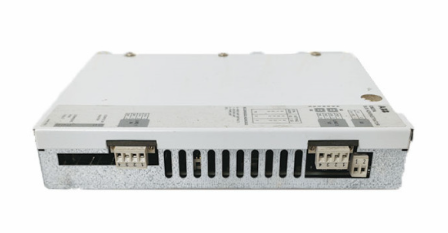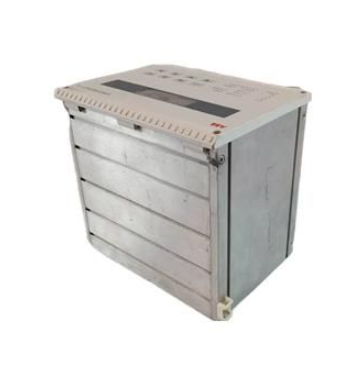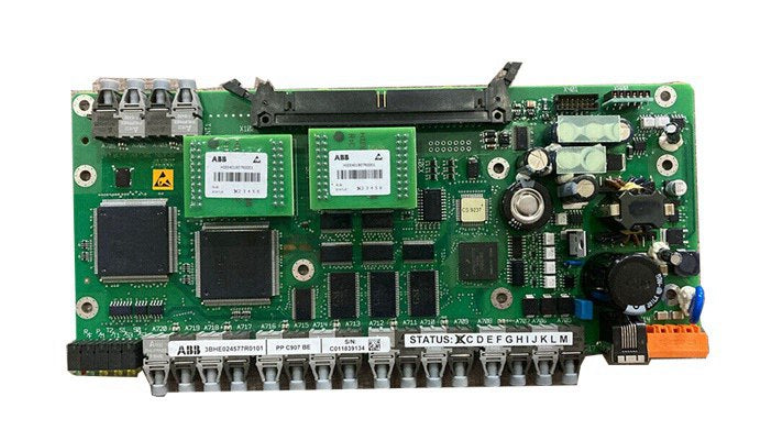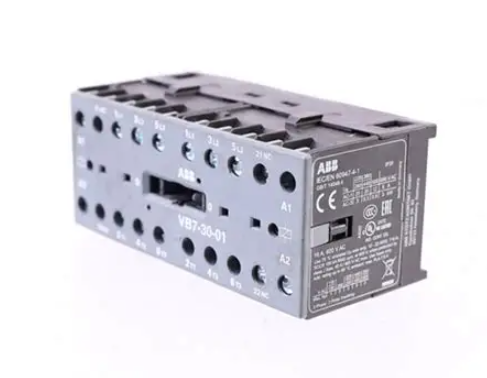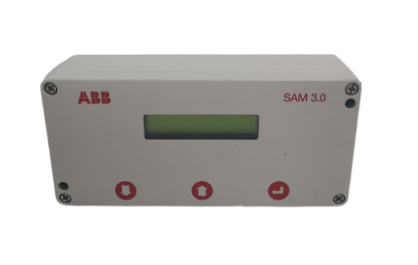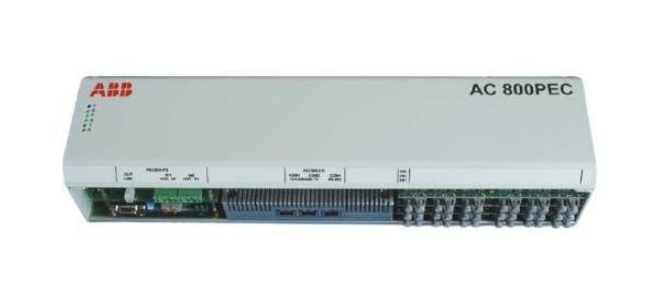XYCOM MOTION 1300-00010000000000H Operating Interface 100-120 VAC
The 1510 features an openarchitecture to meet a wide variety of applications that require both a powerful PC and a durable industrial enclosure.
The system integrates a 80 GB hard drive, 10 slot passive backplane, and CDRW\DVD ROM in a truly industrial form.
The system’s highly expandable design allows easy access to expansion boards,jumpers, power supply, and disk drives.
The 1510 Node Box PC Computer System offers a powerful, compact package for the factory floor and other harsh environments.
The 1510 features an openarchitecture to meet a wide variety of applications that require both a powerful PC and a durable industrial enclosure.
The system integrates a 80 GB hard drive, 10 slot passive backplane, and CDRWDVD ROM in a truly industrial form.
Standard Features
• 10 slot passive backplane with the following available expansion (4 slots are dedicated to the CPU):
• Award 4MB Flash BIOS
Optional Features
When you remove the 1510 from its box, verify that you have the parts listed below.
Save the box and inner wrapping in the event you need to reship the unit.
Remove the side panel. With the front of the unit facing you, lay the 1510 on its right side.
Remove the eight screws that hold the left side panel in place.
Mounting Considerations
• Place any fans or blowers close to the heat generating devices. If using a fan, ensure that outside air is not brought inside the enclosure unless a fabric or other
- EMERSON
- Honeywell
- CTI
- Rolls-Royce
- General Electric
- Woodward
- Yaskawa
- xYCOM
- Motorola
- Siemens
- Rockwell
- ABB
- B&R
- HIMA
- Construction site
- electricity
- Automobile market
- PLC
- DCS
- Motor drivers
- VSD
- Implications
- cement
- CO2
- CEM
- methane
- Artificial intelligence
- Titanic
- Solar energy
- Hydrogen fuel cell
- Hydrogen and fuel cells
- Hydrogen and oxygen fuel cells
- tyre
- Chemical fiber
- dynamo
- corpuscle
- Pulp and paper
- printing
- fossil
- FANUC
- Food and beverage
- Life science
- Sewage treatment
- Personal care
- electricity
- boats
- infrastructure
- Automobile industry
- metallurgy
- Nuclear power generation
- Geothermal power generation
- Water and wastewater
- Infrastructure construction
- Mine hazard
- steel
- papermaking
- Natural gas industry
- Infrastructure construction
- Power and energy
- Rubber and plastic
- Renewable energy
- pharmacy
- mining
- Plastic industry
- Schneider
- Kongsberg
- NI
- Wind energy
- International petroleum
- International new energy network
- gas
- WATLOW
- ProSoft
- SEW
- wind
- ADVANCED
- Reliance
- YOKOGAWA
- TRICONEX
- FOXBORO
- METSO
- MAN
- Advantest
- ADVANCED
- ALSTOM
- Control Wave
- AB
- AMAT
- STUDER
- KONGSBERG
- MOTOROLA
- DANAHER MOTION
- Bently
- Galil
- EATON
- MOLEX
- Triconex
- DEIF
- B&W
- ZYGO
- Aerotech
- DANFOSS
- KOLLMORGEN
- Beijer
- Endress+Hauser
- MOOG
- KB
- Moxa
- Rexroth


Email:wang@kongjiangauto.com

